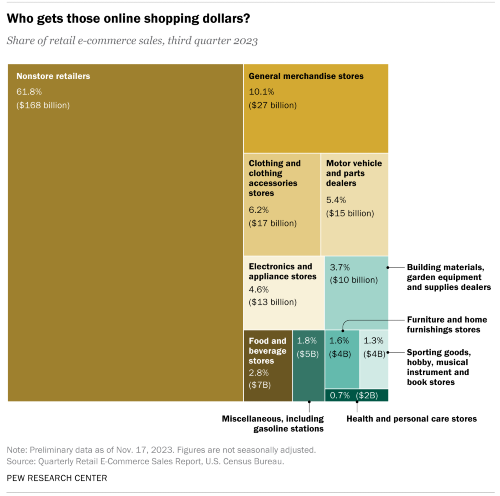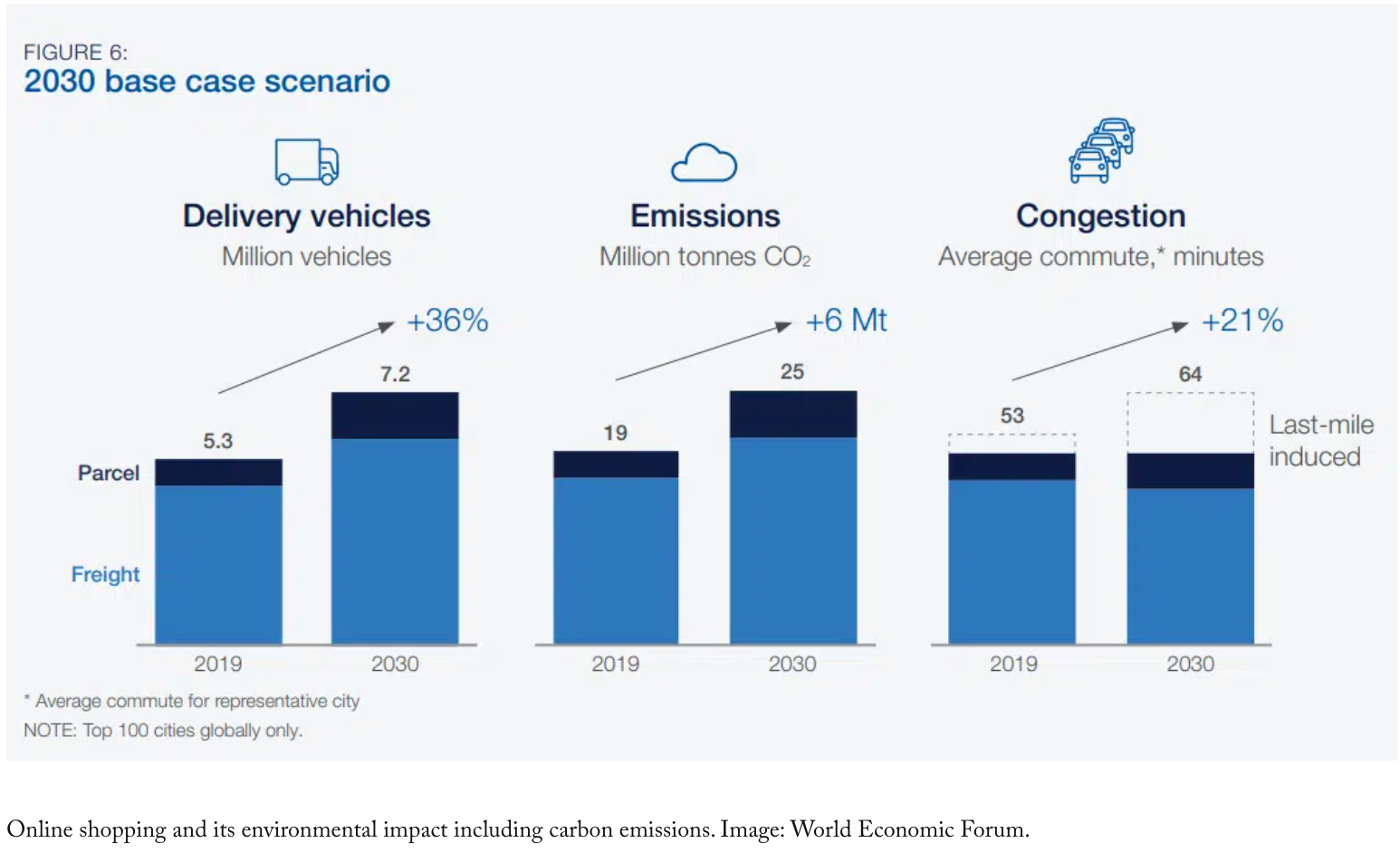Buy Less Stuff
Mindset of Change
It's so Easy by Margo & Mac
It's not really so easy to just 'buy less stuff.' There are whole companies whose entire purpose is to get you to buy more. The advertising industry is the prime suspect, but there's also the marketing agencies and psychology groups who study how to make products and retail more appealing. Heck, even one of Disney's main goals in making movies is to sell merchandise (disneyfanatic.com). From the music played in stores to the product display and timing of ads, separating you from your dollars IS business.
From someone who used to work in digital advertising: the amount of information collected on your buying habits should not be underestimated. They know you like sales or free shipping, when you're likely to be a glass of wine deep after a long day of work, and exactly what style of jacket will catch your eye on a social media feed. They also update their profile on you regularly.
Lets run a little experiment.
Now, over the next two days, lets see how many ads you get for those items, and how fast.
Don't need to be convinced? Most of us have probably experienced the power of Google, Facebook and Amazon at work already. Heck, when we actually need something it can be pretty useful. The problem is when ads tempt you to buy stuff that you don't need, or TV, movies, and TikTok convince you that you DO need it (even though you know you don't really).
My point is: don't feel bad that you buy so much stuff. There are a lot of very smart people who make a lot of money figuring out how to influence you to buy more. The advent of online shopping certainly hasn't helped (you, not them - they're thrilled), because now they don't need to convince you to come into a brick and mortar store. You can shop from the comfort of your own home, and buy at the click of a button.

The cost of the stuff
In the US the average American spends almost $18,000 a year on non-essentials. That includes 5 impulse purchases a month, costing on average $109. On top of that, 58% said they feel like they can't afford stuff they need, like saving for retirement (swnsdigital.com). Sounds like all that 'boosting the economy' is costing us our future.
Of course, all this shopping has environmental costs as well. From the materials used, to the production of the item, emissions from shipping, usage, and finally disposal - every part of the consumption cycle has hidden costs. For example, let's consider a pair of leggings. First, most leggings are made with polyester and spandex. Polyester and spandex are both plastic in fabric form (cfda.com), and plastic is essentially derived from petroleum which is a fossil fuel (bpf.co.uk).
Second, we have production. Most clothing is produced in south east Asia in places like Bangladesh and Vietnam, where human rights violations and environmental safety are huge concerns (reuters.com). Third, we have shipping, often by sea, which is the most sustainable in terms of carbon emissions, but still accounts for 3% of global emissions (wikipedia.com). Also not super great for the whales (wwfwhales.org). Fourth, we have usage. Polyester clothing sheds microplastics when washed (nyt.com), which has unknown long term health risks (ncbi.nim.nih.gov). Lastly, there is disposal, where your leggings likely end up in landfill, even if you donate them (rd.com).
And lets not forget about ocean noise pollution (nrdc.org)
All that from one pair of leggings! This also doesn't consider emissions based on the retail venue. Online shopping can be up to 60% worse than brick and mortar retail (cnn.com), largely due to fast shipping and the reliance on free returns (spoiler alert, a lot of the stuff you return goes into the garbage) (earth.org) (cnn.com).

Now, lets not drown in despair. What all this means is simply that we need to learn how to buy less. And when we do buy, we should buy higher quality and as sustainably as possible. Easy right? Lol. Not really, but at least I've got some hot tips and tricks for buying less.
The Hot Tips and Tricks
I'm going to put these in two main buckets. The first bucket is mainly techniques for behavior awareness and avoiding impulse buying, aka adapting yourself. The second bucket is mainly techniques to avoid being influenced by advertising or marketing, aka controlling external influences. Its a rather artificial split, but it helps to build awareness about why you buy.
Adapting your behavior
- Create a list of stuff that you intend to buy. I have one for personal stuff and one for home items. When you see you need to replace a light bulb or are running low on moisturizer, put it on the list. Don't buy things that are not on the list, and don't put things on the list when you want to shop for them. Let things sit on the list for a bit to make sure they are really necessary.
- Make a list of criteria for anything you buy regularly. For example, for clothes my criteria include: natural, biodegradable or recycled fabrics; secondhand; know it fits. Before you buy something, make sure it fits all your criteria for that type of item.
- Reset your security preferences on all payment platforms. Make yourself reenter the credit card details or sign in again. Yes, its annoying, but if its not worth 1 minute of annoyance, its probably not worth buying.
- If you're shopping online, put stuff in your cart and wait several days before you checkout.
- When you feel like buying something, mentally review all the stuff you have that is similar and figure out what that stuff is lacking. Often you find its not lacking anything, and you're just attracted to the momentary novelty.
- Try to repair stuff before you buy new. Checkout ifixit.com or at least do a quick Google search!
- Before you buy, consider if there are alternatives. For books, can you use the library? For gardening equipment, can you rent it at Home Depot or borrow it from a neighbor? For clothes, can you do a clothes swap with your friends?
- Notice where you are buying stuff repeatedly, like coffee, lunch, or cat toys. Brainstorm how you can do those things more sustainably, and make a conscious decision that it is important enough to keep doing (or not).
- Try to avoid buying in bulk. Only buy what you really need at that moment. (Why? Because companies decide how much stuff to make based on demand. When demand is consistent they can anticipate better how much is really needed. When its inconsistent, its easy for them to make too much or too little, which causes more waste. Buying in bulk looks like inconsistent demand.)
- Avoid buying multiple sizes or types of things with the intention of returning some of them. Very often these things go into the trash, not back into circulation. Return shipping also produces extra emissions.
Controlling external influences
- Put ad blockers on your phone and browser. I like AdBlock Plus.
- Turn off or reduce ads on social media. Here's a decent article on how to do it.
- Avoid going to places like Target or Costco without a list. You know your danger zones.
- Try to avoid 'going shopping' as a social activity. Go to a park or see a movie, grab coffee or a beer instead. And if you love shopping as a social activity, then go thrifting instead of to the mall!
- Anticipate socially expected gift giving and plan accordingly. For example, if the winter holidays are big in your family, ask ahead of time to receive gift cards, donations to charity or secondhand gifts (maybe no gifts at all, gasp!). I like Commons' blog on this.
- Anticipate life changes like having children or moving. How many times have you thrown out perfectly good groceries or cleaning supplies and bought new ones because you were rushed when moving and didn't want to deal with it? Or maybe you were stressed and super pregnant when you realized you needed to buy a car seat, so you bought it on Amazon instead of through a secondhand shop like RebelStork?
It can be a lot to try to do at once. Read through them and pick out a few to work on. Once you've got those down, then pick a couple more.
Remember: The goal is to live as sustainably as possible - for the planet but also for you.
Ready to buy nothing? Find a buy nothing group. You'd be astounded at what you can find on them.

And for the thrift goblins out there:
Let's consider this a preview for buying better.
